Frederica Freyberg:
We move now to the controversial bill that allows developers to fill some Wisconsin wetlands without a permit, which is expected to pass in the state Senate next week after Assembly passage this week. The measure then heads to the governor’s desk. Under the bill, builders could fill urban wetlands without a permit and fill up to three acres of rural wetlands if the land is related to an agricultural structure. Developers complain Wisconsin's regulation of wetlands is onerous. Environmentalists saying allowing builders to fill without permits on about one million acres of wetland would hurt water quality and worsen flooding. Tonight we check in with an expert on wetlands, UW-Madison Assistant Professor of Geography Morgan Robertson. Thanks very much for being here.
Morgan Robertson:
Thank you.
Frederica Freyberg:
I understand the area of wetlands in Wisconsin at issue as we’ve discussed in this bill is like a million acres but then the feds regulate another four million acres that are connected to navigable waterways. Why are wetlands protected by these kinds of regulations?
Morgan Robertson:
Wetlands protection generally has two major justifications. First they are focused areas of the provision of habitat and biodiversity values, recreational values and the landscape. That’s generally what people focus on when they talk about the environmental purpose of wetlands conservation. But I think there’s an underappreciated element which is the public health function of wetlands that they concentrate and sequester and sometimes treat the landscape of contaminants that flows into them as low points in the landscape. Specifically, the nutrient problem that we’re facing in Wisconsin. Because wetlands are focused places where surface water becomes groundwater. Where groundwater becomes surface water. They’re an essential part of solving the problem of especially nitrate pollution that’s affecting our groundwater. And of course we get most of drinking water from groundwater.
Frederica Freyberg:
So there’s that. There’s their kind of cleaning effect on drinking water.
Morgan Robertson:
Yes.
Frederica Freyberg:
What about how wetlands protect against flooding?
Morgan Robertson:
Wetlands are sort of the natural detention basins in the landscape. As we have seen an increase in extreme precipitation events in the state over the recent decades, we’re seeing the need for greater detention and greater ability to store that storm water as it flows across the landscape, especially in urban areas. To reduce flood peaks. It’s actually a very clear part of not only public health, but public safety and infrastructure element that wetlands provided. As you lose those, especially those small wetlands in urban areas, you lose the protection against flooding.
Frederica Freyberg:
So what could that look like, say if there were many acres of wetlands filled in?
Morgan Robertson:
You'd see an increase in storm peaks and you would see that water not being absorbed into the groundwater and being directed instead into the storm sewer system. It would result possibly in the need for upgraded storm sewer systems and certainly ecological impacts downstream.
Frederica Freyberg:
The bill requires mitigation by building new wetlands or paying into I understand a DNR wetland restoration fund. Would these measures mitigate the filling in of wetlands?
Morgan Robertson:
Potentially. They have in the past. Mitigation is something. Compensation for permitted impacts has been allowed since the late ’70s and there’s been a long track record of examining how this works. Now Wisconsin was in the forefront of skepticism back in the ’80s and ’90s that compensation could achieve the goal of appropriately replacing the lost functions and values. But since 2001, Wisconsin has been sort of in the business of overseeing compensation, the DNR has overseen effective and appropriate compensation. So it’s possible. I think one of the things that this bill does is to establish a study team that does have the mission of thinking carefully about how to do that appropriately.
Frederica Freyberg:
Could you fill in a wetland in one place and mitigate by rebuilding a manmade wetland in another place?
Morgan Robertson:
Well, that’s been the long-term question with compensation. There’s some understandable skepticism about that. I think the track record shows that you can if you are very careful about where that replacement goes. You can replace some of the functions and values that have been lost. You always do lose something by losing the wetland in that place. Not everything can be replaced. But of course to prevent all wetlands impacts also has its own social and economic costs.
Frederica Freyberg:
Have other states allowing the filling of wetlands to the extent that this Wisconsin law would allow?
Morgan Robertson:
Yeah. To go back a little bit to the Supreme Court case that opened up these wetlands in 2001 for development, that is the Supreme Court case said these wetlands are no longer covered by the Clean Water Act. Wisconsin jumped on the sort of patching that gap in coverage and immediately in Senate Bill 1 unanimously approved this system of protecting them. Other states followed suit, but Ohio and Indiana only in the area where these wetlands are particularly common, these isolated wetlands. Getting data on whether or not these wetlands have unduly been targeted in the states that haven’t protected them is very difficult. It is only anecdotal. It is very hard to say.
Frederica Freyberg:
And so if other states have gone kind of full bore with filling in their wetlands with very little time left, about 30 seconds, are there some states that experts like yourself have seen that you say, “Well, that’s what happens if developers and builders fill in these wetlands.”
Morgan Robertson:
Well, one could look at Illinois, I think. But recognize also that Illinois, counties and municipalities have the power to regulate that filling and that development. Something that this bill takes away from counties and municipalities in Wisconsin. So that’s a difference that means this isn’t something we’ve seen before.
Frederica Freyberg:
Morgan Robertson, thanks very much.
Morgan Robertson:
Thank you.
Search Episodes
News Stories from PBS Wisconsin

Donate to sign up. Activate and sign in to Passport. It's that easy to help PBS Wisconsin serve your community through media that educates, inspires, and entertains.
Make your membership gift today
Only for new users: Activate Passport using your code or email address
Already a member?
Look up my account
Need some help? Go to FAQ or visit PBS Passport Help
Need help accessing PBS Wisconsin anywhere?

Online Access | Platform & Device Access | Cable or Satellite Access | Over-The-Air Access
Visit Access Guide
Need help accessing PBS Wisconsin anywhere?

Visit Our
Live TV Access Guide
Online AccessPlatform & Device Access
Cable or Satellite Access
Over-The-Air Access
Visit Access Guide
 Passport
Passport

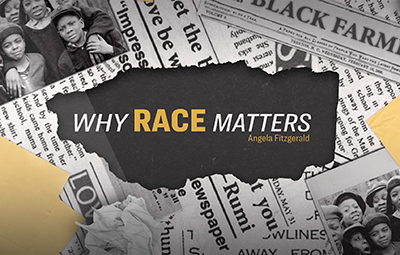



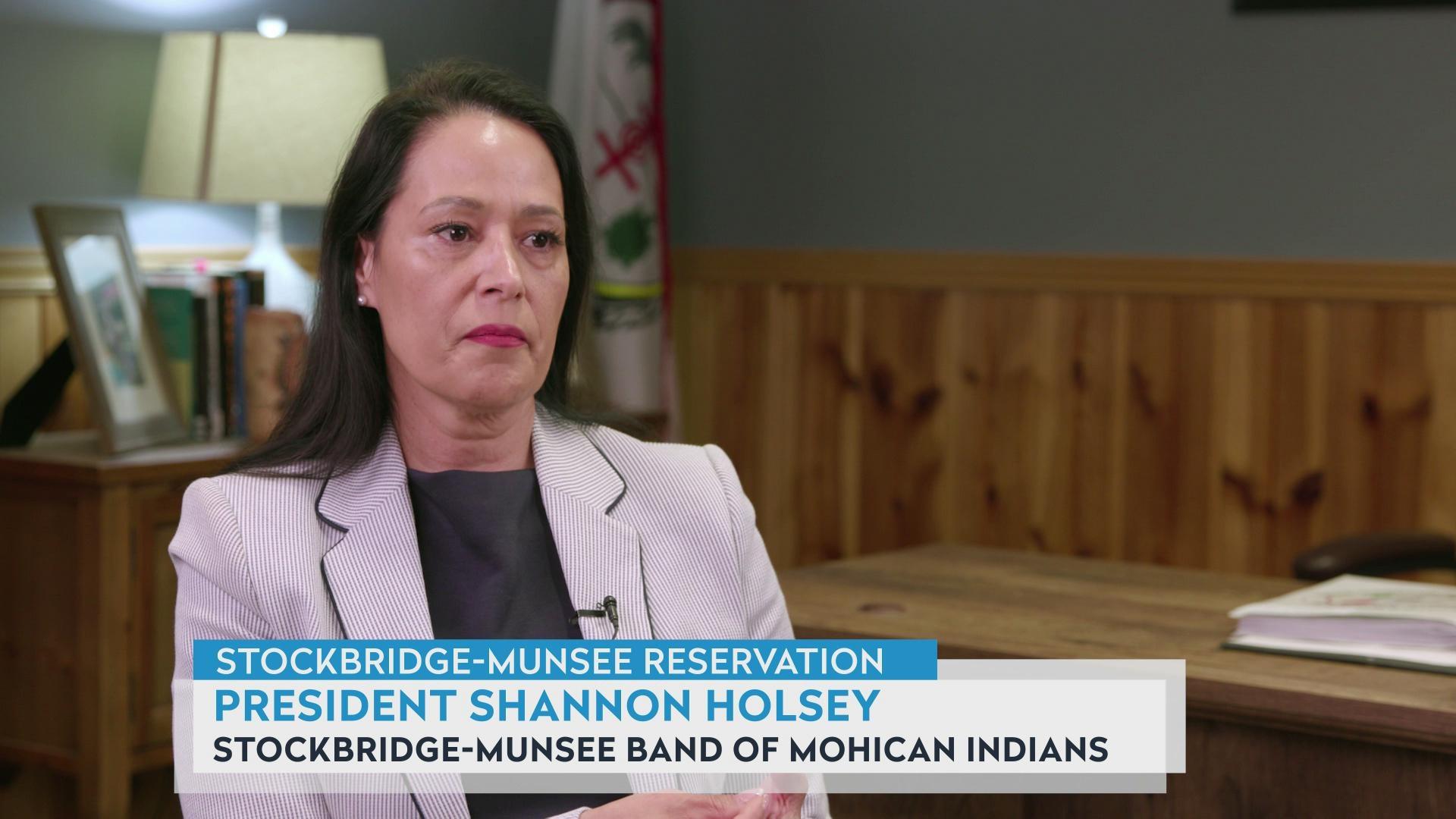

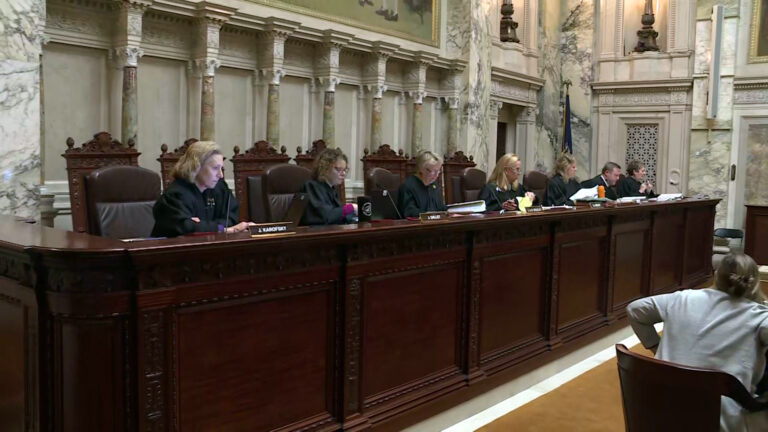
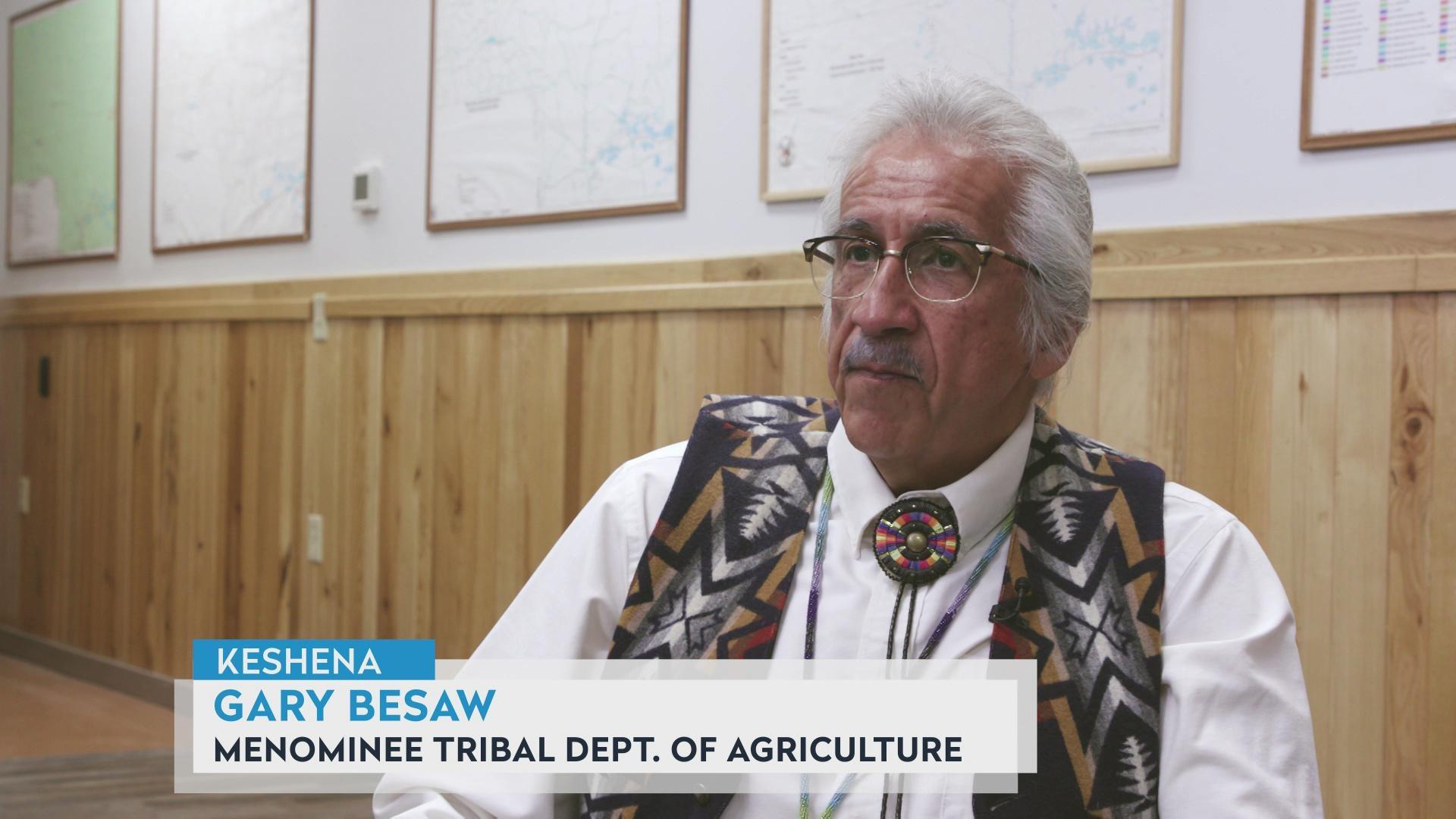
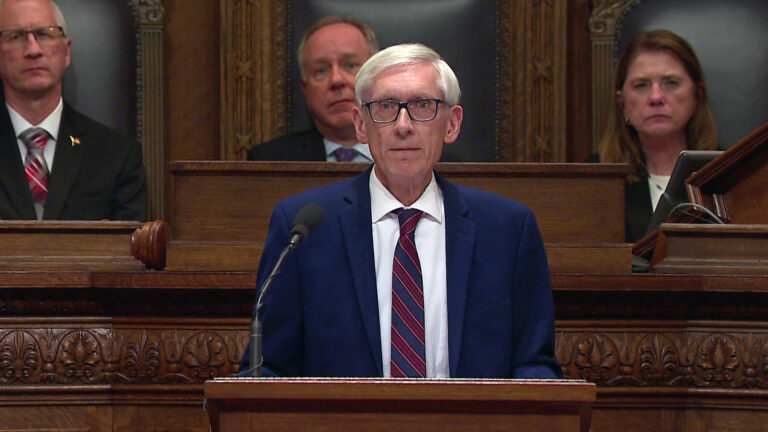

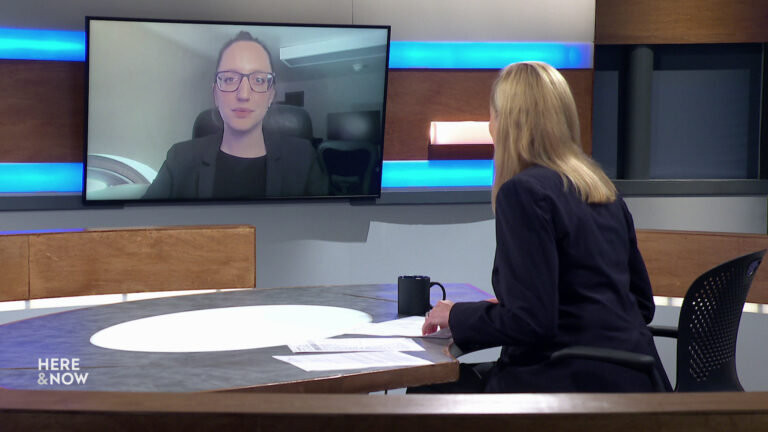
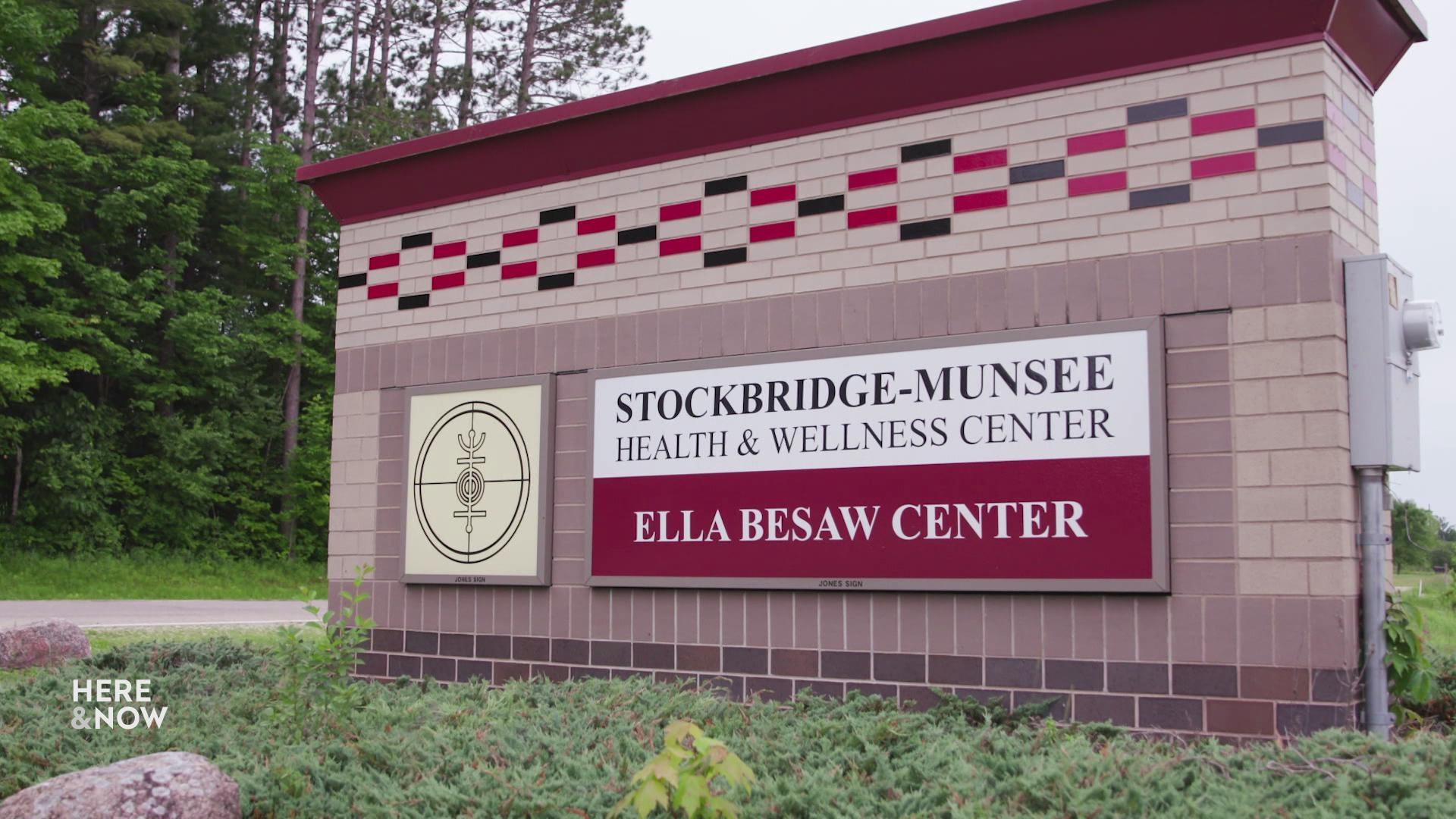
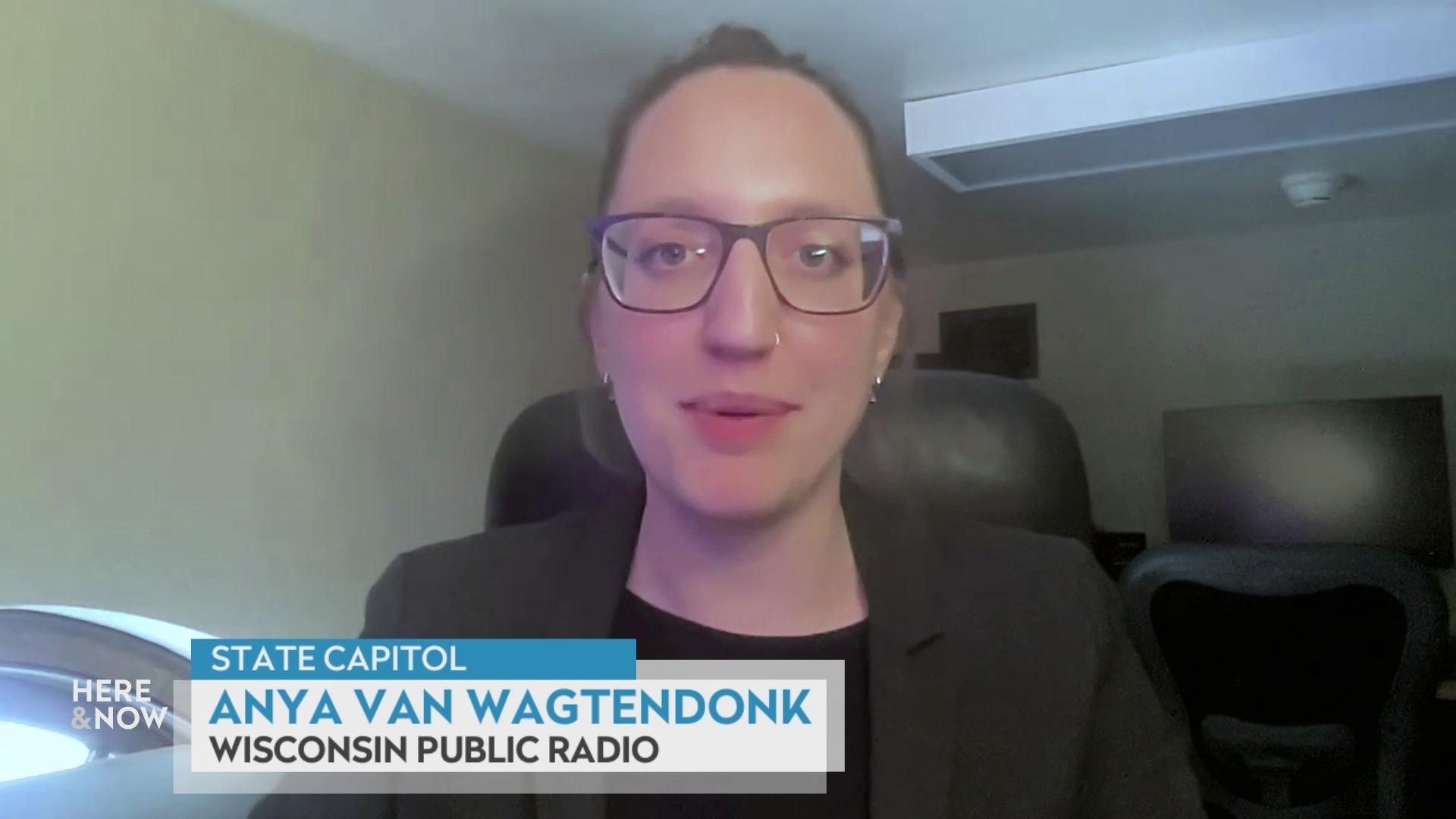
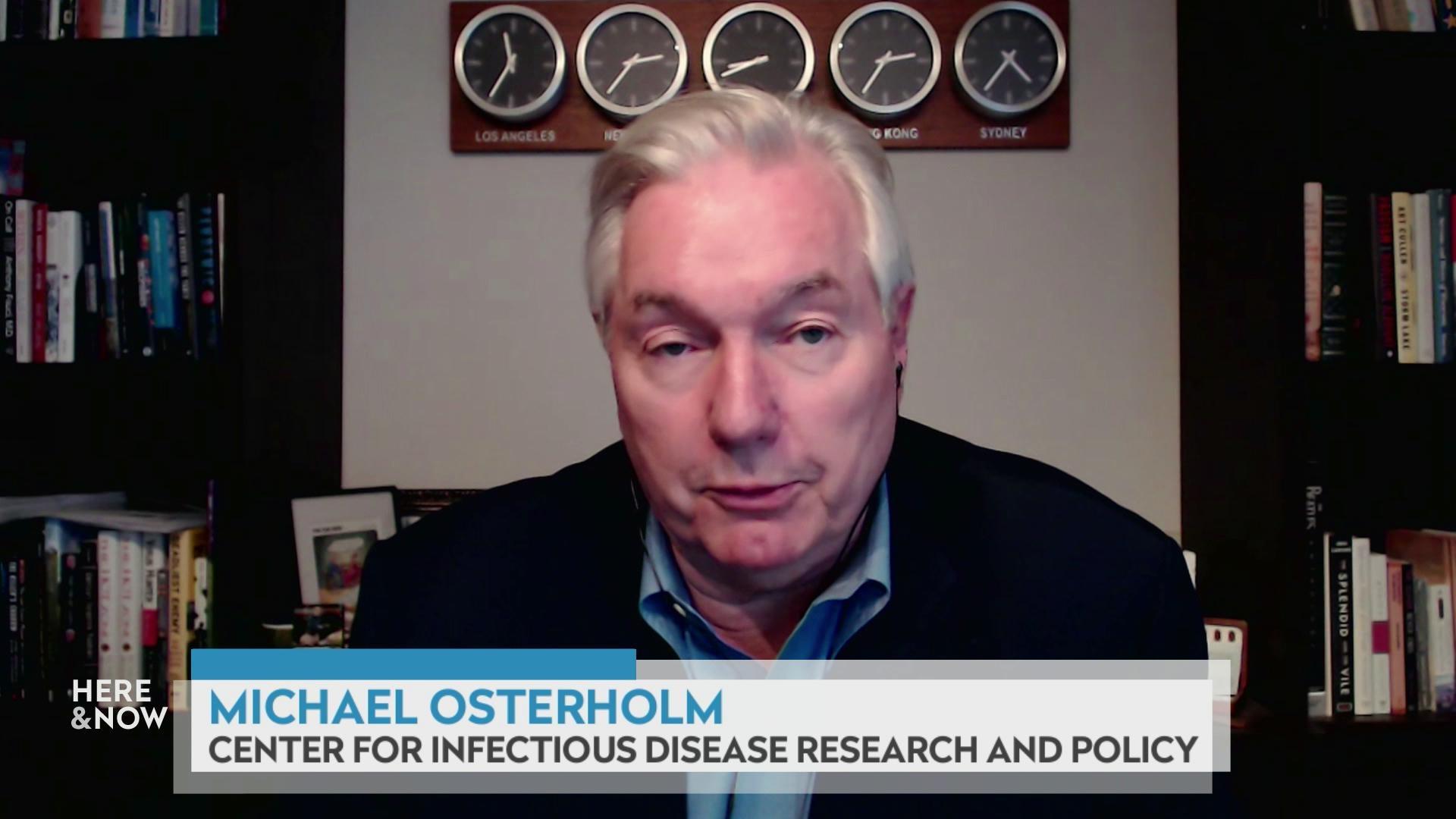
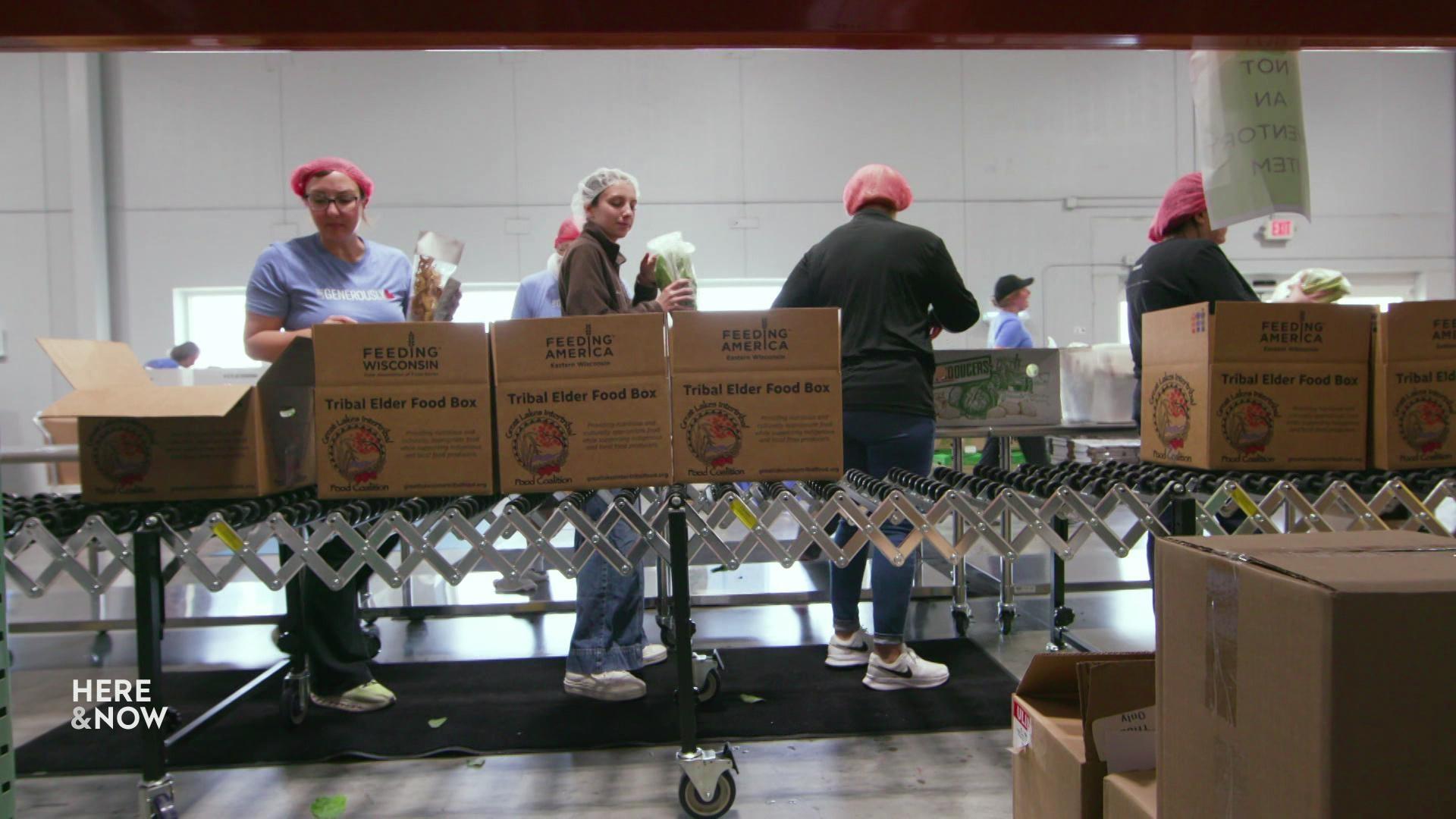
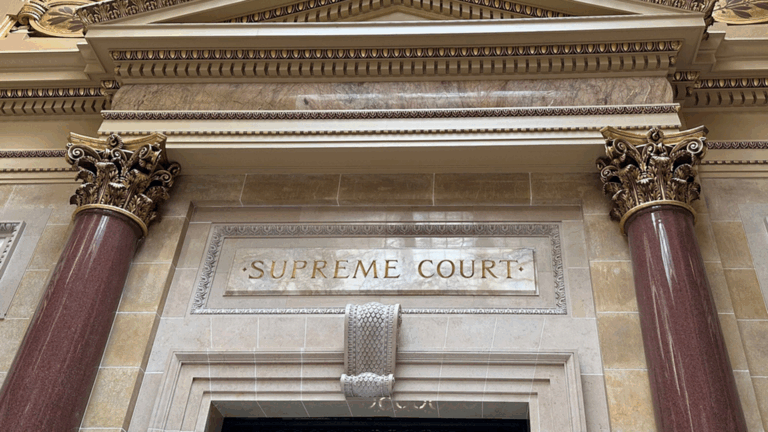

Follow Us